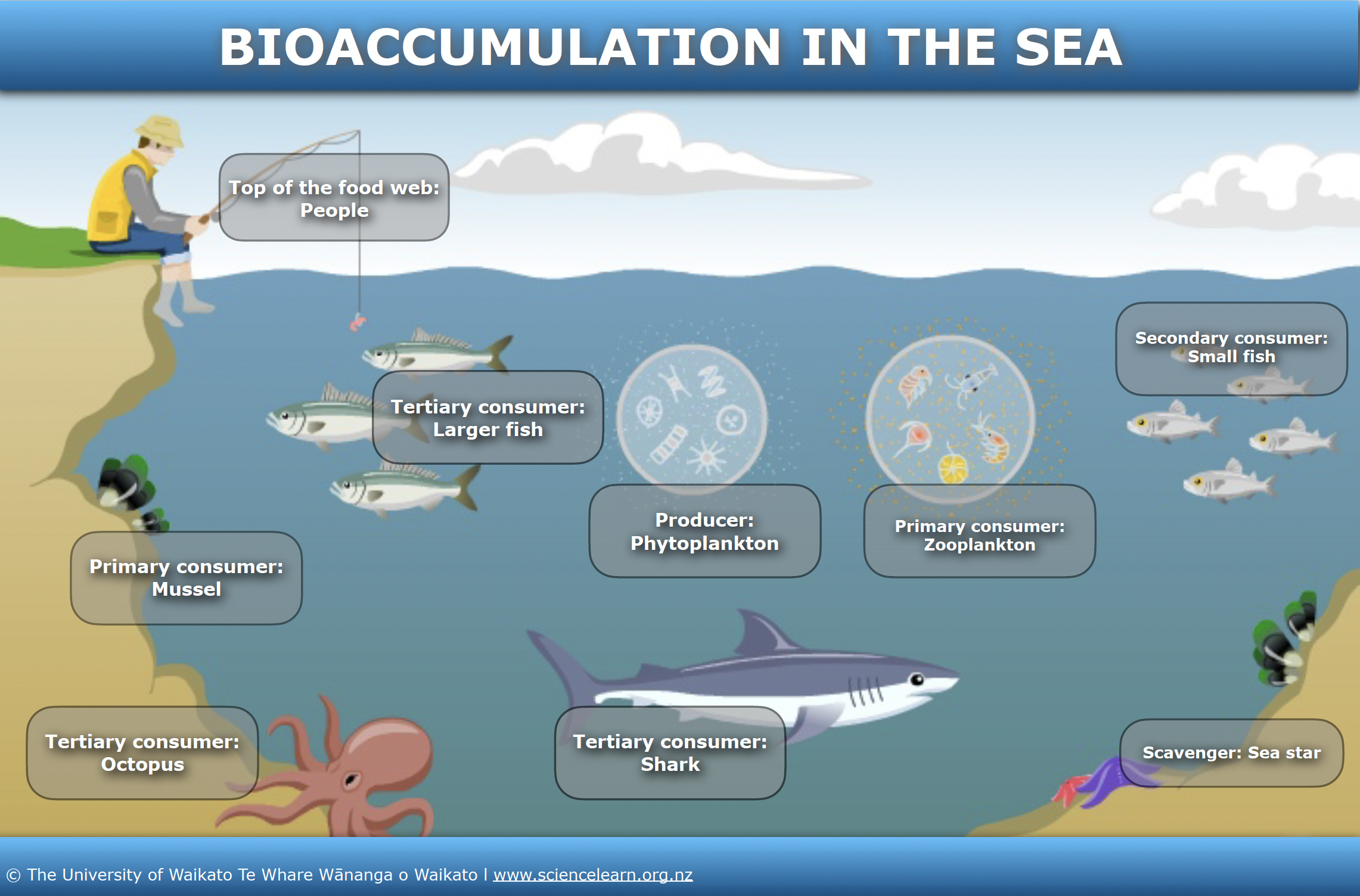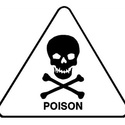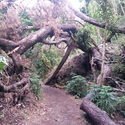In this activity, students model bioaccumulation of toxins in marine animals. They participate in a food web game where feeding decisions determine their survival.
By the end of this activity, students should be able to:
- explain bioaccumulation of toxins in a marine food web
- explain harmful algal blooms (HABs)
- explain what scientists are doing to help keep us safe from marine toxins.
Download the Word file (see link below) for:
- introduction/background notes
- what you need
- what to do.
Nature of science
Scientific knowledge can make a difference to our lives. Understanding the food web and bioaccumulation of toxins helps scientists work out how to help people (from getting sick) through seafood monitoring. Scientists continue to explore harmful algal blooms (HABs), including why toxins are produced and whether we can reduce the growth of HABs.
Related content
A poison is defined by its dose, explore how toxins enter the food web, and in particular the marine food web.
Activity idea
In Investigating toxins and bioaccumulation in marine food webs students learn about feeding connections (food webs and food chains) within a marine ecosystem and then observe how toxins bioaccumulate as they are passed through these connections.








